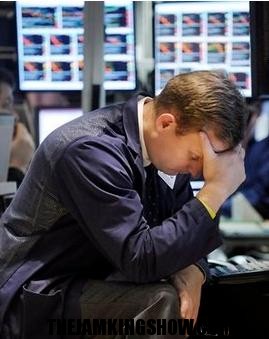“Standard & Poor’s move to lower the company’s outlook on the long-term rating of the U.S. sovereign debt to negative may have caught investors by surprise, but Michael Pento, senior economist with Euro Pacific Capital, has been making this case for years,” Robert Holmes reports for TheStreet. “‘It’s not a surprise to me,’ Pento says of Standard & Poor’s revision. ‘It’s clearly late. But at least S&P is now waking up to the fact that the American sovereign debt picture is unsustainable and eventually we have to default on our debt in some form.’”
“In the report released Monday, S&P analysts write that there is a ‘material risk that U.S. policymakers might not reach an agreement on how to address medium- and long-term budgetary challenges by 2013,’” Holmes reports. “If an agreement is not reached and meaningful implementation is not begun by then, S&P analyst Nikola Swann writes, the U.S. fiscal profile would be rendered ‘meaningfully weaker than that of peer ‘AAA’ sovereigns.’ …If being late weren’t maddening enough to critics, S&P’s Swann offers an irritating 1-in-3 likelihood that the firm could lower the long-term rating on the U.S. within two years.”
Holmes reports, “The timing of S&P’s release of the report may be confusing, but investment managers argue it’s easy to invest on the news… Andrew Fitzpatrick, director of investments with Chicago-based Hinsdale Associates, says investors should manage risk exposure by diversifying and cushion the shocks in the market. He argues that there are a lot of risks inherent to metals and commodities. “Despite being a hedge, it could suffer losses by correlating closer to the stock market,” he says. Instead, Fitzpatrick turns to market-leading dividend payers like Procter & Gamble (PG) and Tyco International (TYC) for downside protection and global exposure, and he looks to growth names like EMC (EMC) and Apple (AAPL) as tech names for upside opportunity.”






